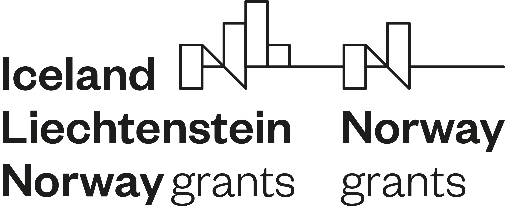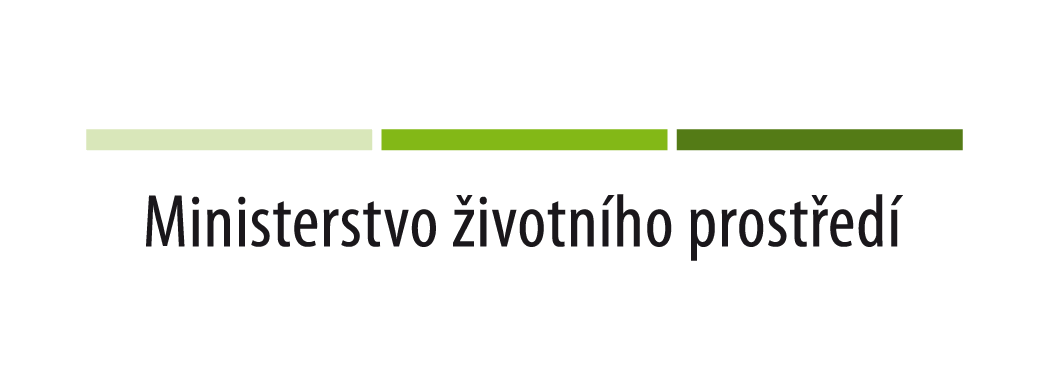History of the place, the Salm genealogy and the present
At the beginning of this text, there were several reasons that predicted the decision to write an article about the Salm family and to include this story in the history of the village of Hainspachu (Lipová) located in the Šluknovsk region. The Salms, an important aristocratic family originating from the territory lying on the border between France, Germany, Belgium and Luxembourg, a territory that had been contested for a long time, were for several centuries among the most prominent aristocratic European families, related to many royal and princely families. From their ranks came personalities holding offices and dignities associated with the ranks of emperors, kings, princes and counts as well as with the offices of archbishops or bishops. Members of this branched family with many branches were very often successful military leaders, almost always fighting for the interests of the emperors of the Holy Roman Empire. They were but also excellent landlords, scientists or important patrons.
The purpose of this text is only to give a general introduction to the leading representatives of the family, which in the early modern period also established itself in the lands of the Czech Crown, and therefore neglects both numerous family branches and lines, as well as many important representatives, with the fact that they must consciously resign due to the scope of this work for a complete presentation of the genus in all its breadth and rich history.
The history of the family and its old earl branch, settled in the territory of the Czech Republic, has not yet been processed or published. In the past, the lack of interest in this family and its history in our territory was probably due, on the one hand, to the fact that its members were considered from a purely chauvinist and nationalist point of view as "foreign" nobility, and on the other hand, to the fact that the history of the Sudetenland, where their fideicommissary estate was located, was generally considered unworthy of interest in the last half century. This ostentatious lack of interest was also presented to the whole world as something normal by the governments of the various regimes that ruled this country from the beginning of the republic to the present day.
We hope that this text, at least to a small extent, will help to change the perspective on the history of the Salm family and on the history of Hainspach (Lipová), this magical enclave in the north of the Czech Republic, which was their home for several hundred years, and at the same time contribute to the knowledge of the international ties that have existed for centuries like fine yarn they formed across the whole of Europe. The history of the Salm family directly encourages this.
Here we present a brief history of an aristocratic family whose representatives linked their life destinies with the Czech land, a family whose existence in the Czech Republic is still known to only a few insiders. A family that developed not only national, confessional and linguistic tolerance on the territory of today's Šluknovský promontory, i.e. the Sudetenland, but also built an economic and cultural enclave that was one of the prosperous until the end of the Second World War. What a contrast to recent history (from the end of World War II) to the present day. They built a beautiful castle here, which was one of the most interesting and largest in the country. But they built much more in the lands of the Czech Crown (and I mean only the Hainspaš branch), let's remember the castle in Světlá, the Štiřín castle or the Prague palaces and their collection funds, which were irretrievably dispersed. Over the past seventy years, our castle had the misfortune, like many others like it, in that it was located very close to the national border, out of sight of the majority of the population, and moreover in the Sudetenland, i.e. in an area whose cultural history should have been forgotten. Nevertheless, in the eighties of the last century, the castle was presented by the then communist regime as a very important monument. I wish today's political representation would approach the castle object at least somewhat similarly. Despite the fact that it is presented as an immovable cultural monument (taken over again from the communist regime) and is on the list of the most endangered cultural monuments, the state representatives leave its disastrous construction condition alone. Despite the fact that one of the basic constitutional laws of this country is the protection of cultural monuments. Despite the fact that we are committed to the protection of monuments in the European context and within the framework of the current Constitution of the Czech Republic.
The issue of ethnic and national tolerance and intolerance will also be opened up by an interactive exhibition at the castle. Although not large in scope, but all the more interfering with our accepted stereotypes, asking questions that are not common and not always pleasant. However, the current world and the events in it will probably ask us similar questions much more forcefully than in the past.
The contemporary world and its conflicts will therefore force us to devote quite a lot of space to the evaluation of questions and question marks surrounding the national, cultural and social policy of the last decades, and therefore we will focus on the history of the family, which acquired in the lands of the Czech Crown already during the reign of Emperor Rudolf II. A family which derived its origin from the powerful Karlovci and which firmly anchored itself not only in its native Lorraine and Luxembourg but also in Bohemia and Moravia, in order to firmly connect its destiny with the land with which its relatives, who were no less than the once very powerful family of the Luxembourgers and its leading representatives, who were Charles IV, Wenceslas I.



